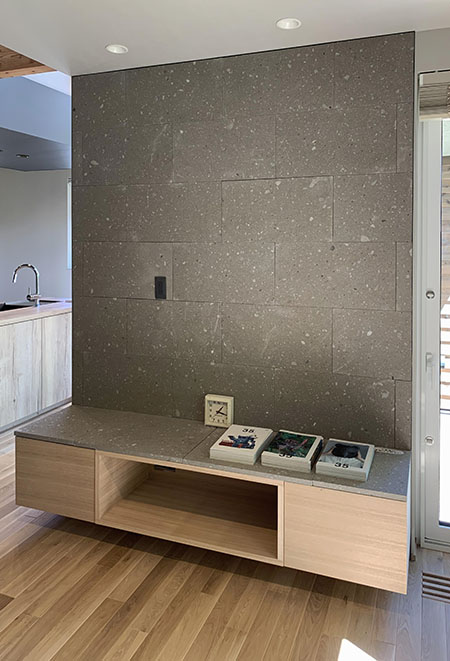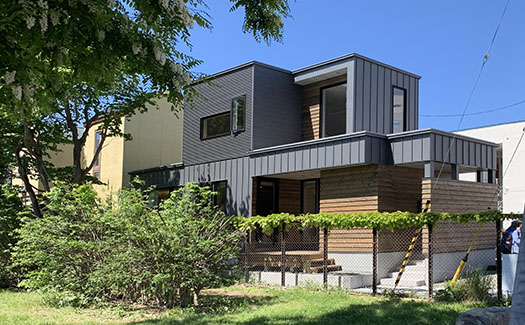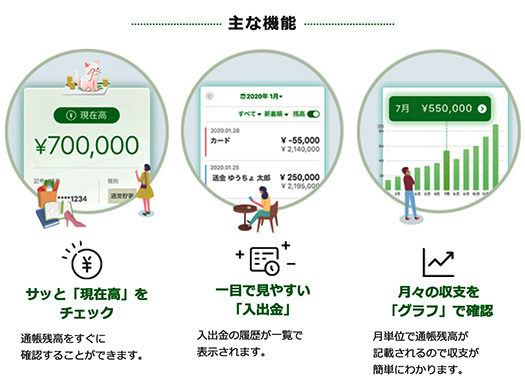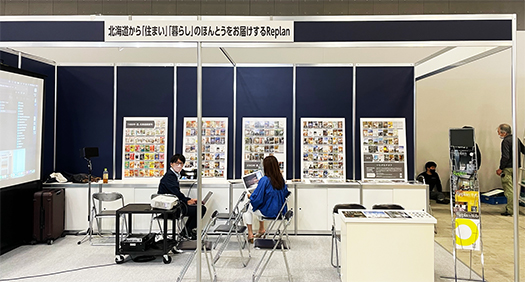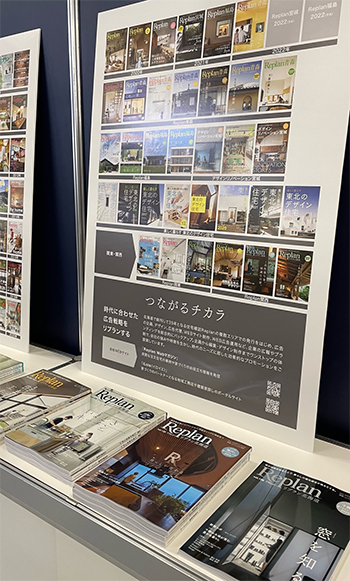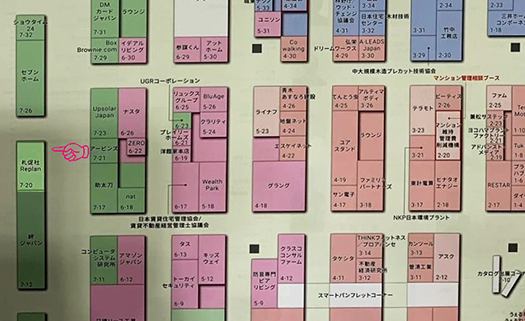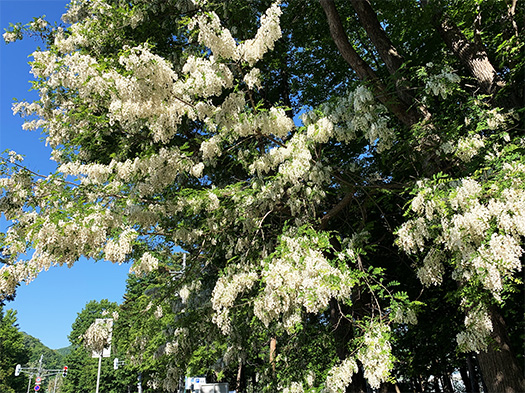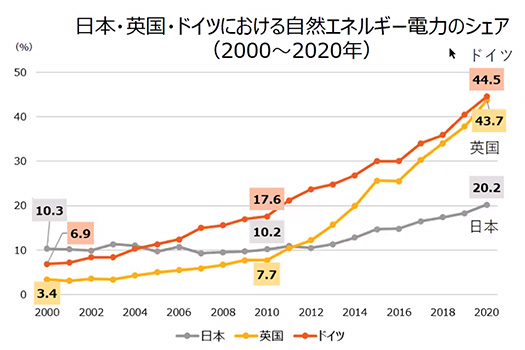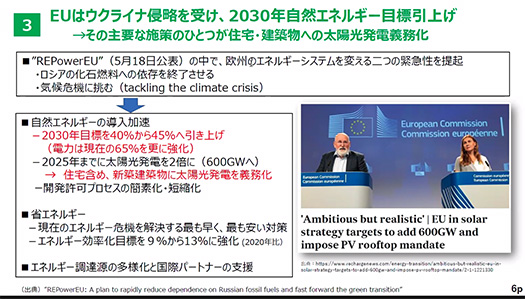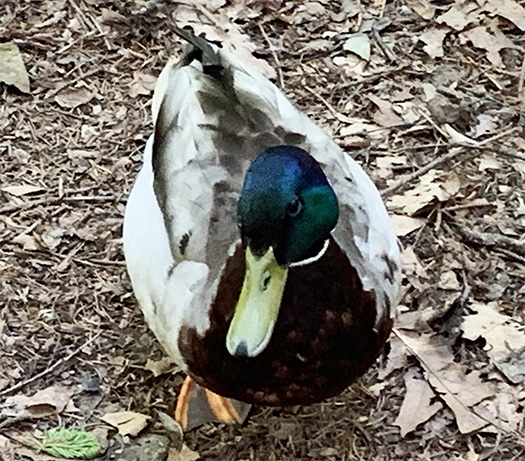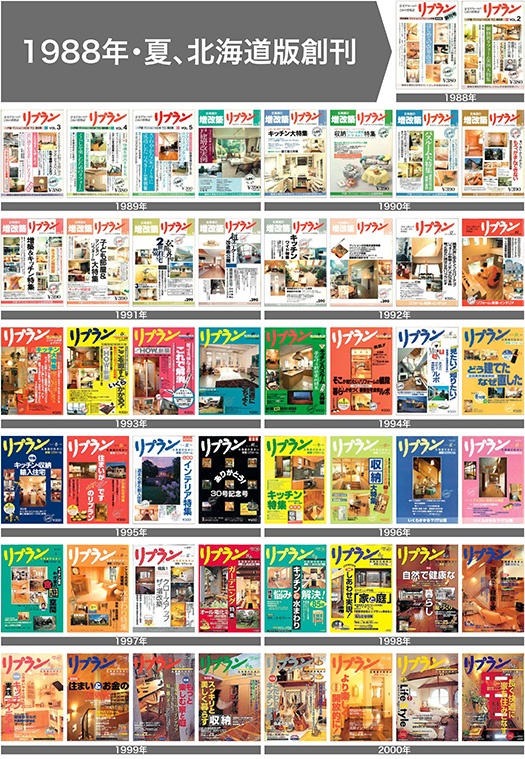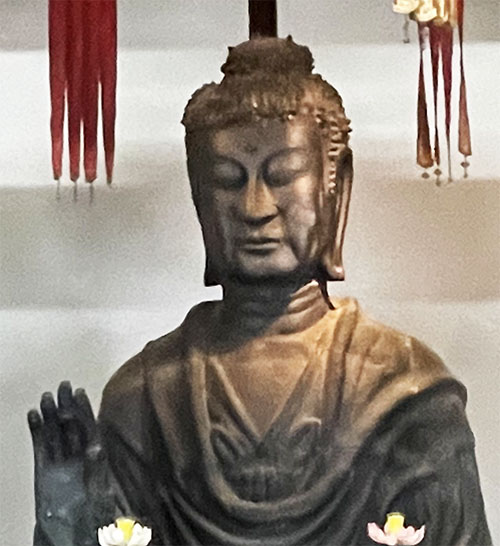
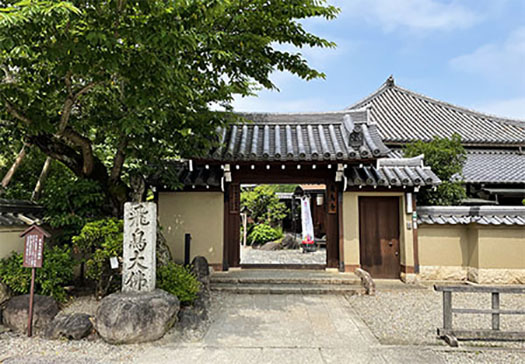
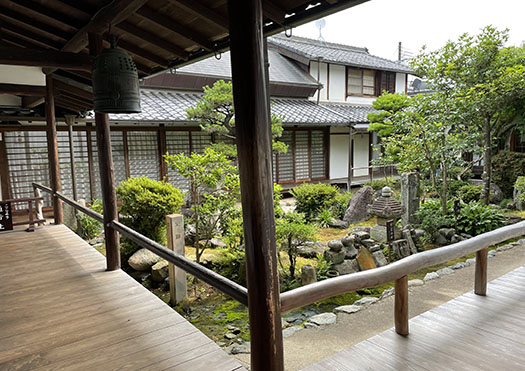
さて昨日からふたたび飛鳥の探究をしたい、それも金属工房などをテーマに、
と考えていたのですが、実は以前から調子悪かったわたしのMac環境が
大きな悲鳴を上げて緊急のトラブル対応に追われておりました(泣)。
データを収めている2TB-HDDが頻繁に不安定になり、
このままではデータとの連係が不可能になる、
最悪の場合、貴重な過去データ資産が参照できなくなる可能性。
もちろんすべてのデータなので業務上も緊急を要するデータ管理作業。
ということで、昨日は午後からデータ移転のSSD環境を購入し、
そこからひたすら2TB-HDDのご機嫌を伺いながら慎重にバックアップ作業。
結局は夜通しの作業になって、各種データの移転をしつつ仮睡。
ようやく明け方になってとりあえずの安定的新環境(SSD)で稼動できた次第。
現在はハラハラヒヤヒヤからようやく解放された気分。
という状況なので、きのうから始めたシリーズはいきなりのブレーキ(泣)。
やはりMac環境はすべての基礎なので特定テーマの掘り下げ型思考にしても
それが大前提なのだと気付かされます。
なので本日は時間の無さを神仏に頼って、おなじ飛鳥の飛鳥寺テーマ(笑)。
なんどか訪問させていただいている日本最初期の仏教寺院。
鞍作止利作のご本尊のお姿は、わたし的にはなんとも癒されるのです。
なんででしょうか、よくわからないけれど仏教思想への素朴な心情が
日本の民の心として反映された最初期の芸術品と思えるのです。
作り手の名前もわたしが受けた歴史教育で憶えた最初期の人物名。
その名付けの素朴さがこころに心地よく響いてくる。
その後の時代の、だんだんと格式表現化のような名とは違う印象で
本尊の表情のたおやかさにはそういった印象が刻み込まれている。
「なんとかMac環境引っ越しできてよかったね」
みたいにやさしくねぎらってくれているように感じられる。
素直に「ありがとうございます」と感謝の祈りを捧げたくなる。
『書紀』605年、天皇は皇太子・聖徳太子、大臣・蘇我馬子、諸王諸臣に詔し
銅と繡の「丈六仏像各一躯」の造立を誓願し鞍作鳥(止利)を造仏工とした。
そして高麗国の大興王から黄金三百両が貢上されたという。
『書紀』によれば、銅と繡の「丈六仏像」は翌606年完成。
という事跡が解明されているのですね。
なので、大きなテーマから考えると横道に逸れているともいえない(笑)。
っていうか、大仏造立というのはこの時代の最先端金属加工技術そのもの。
「けっして横道では無いぞ」と飛鳥大仏さんが声かけしてくれているのかなぁ・・・。
English version⬇
Metalworking Technology of the Great Buddha of Asukadera Temple Asuka Historical Testimony-2
Trouble with my thinking environment Mac data equipment. I managed to recover a stable environment. I am grateful for the blessings of God and Buddha and the Asuka Daibutsu theme. Asuka Daibutsu theme.
Since yesterday, I’ve been thinking about doing another Asuka exploration, this time with a metal workshop as the theme.
But actually, my Mac environment, which has been in bad shape for a long time, has been screaming and I have been busy dealing with an urgent problem (crying).
I had to deal with an urgent problem with my Mac environment, which had been in bad shape for a long time.
The 2TB-HDD that contains the data became unstable frequently.
If this situation continues, it will become impossible to connect to the data.
In the worst case, we may not be able to refer to our valuable past data assets.
Of course, this is all data, so it is an urgent data management task for our business.
Therefore, yesterday afternoon, I purchased an SSD environment for data transfer.
From there, we carefully backed up the data while listening to the mood of the 2TB-HDD.
I ended up working through the night and slept while transferring various data.
Finally, at dawn, we were able to start operations in the new stable environment (SSD).
Now I feel like I’m finally free from all the worries.
So, the series that I started yesterday has suddenly hit the brakes (tears).
After all, the Mac environment is the foundation of everything, so even if I want to delve into a specific theme, it is important for me to realize that it is a prerequisite.
I realize that it is a prerequisite for any in-depth thinking on a specific theme.
So, today, I relied on God and Buddha to help me with my lack of time, and I visited the Asukadera temple in Asuka, the same place I visited several times in Japan.
This is the first Buddhist temple in Japan that I have visited many times.
The main image of the temple, by Kurazaki-Tsurisaku, is very soothing to me.
I don’t know why, but the simple sentiment of Buddhist thought is reflected in the hearts of the Japanese people.
I am not sure why, but I think it is one of the first works of art that reflects the simple sentiments of Buddhist thought as the heart of the Japanese people.
The name of the creator is also the name of a person from the early days of my history education.
The simplicity of the names resonates comfortably with me.
It gives me a different impression from the names of later periods, which gradually became more formal and expressive.
The graceful expression on the face of the main image of the statue is etched with such an impression.
He is gently congratulating me, as if to say, “I’m glad you managed to move to a Mac environment.
I feel as if he is gently thanking me.
It makes me want to offer a prayer of gratitude.
In the year 605 of the “Shoki (Chronicles of Japan),” the Emperor ordered the Crown Prince Shotoku Taishi, the Minister Soga Umako, and various kings and vassals to build a bronze and embroidery “Joroku (a temple)” and to build it in the year 605.
The emperor ordered the construction of one bronze and one embroidery statue each of Joroku Buddha, and appointed Kurusakudori (Juri) as the builder of the statues.
King Daeheung of Goryeo paid a tribute of 300 ryo of gold.
According to the “Shoki (Chronicles of the Book of Records), the bronze and embroidery “Joroku Buddha image” was completed in 606.
So, the “Jorokbutsu” statue was completed in 606.
So, it cannot be said that we are going sideways in terms of the main theme (laugh).
The construction of the Daibutsu is the most advanced metalworking technology of the period.
I wonder if Asuka Daibutsu is saying to us, “This is not a side road by any means.
Posted on 6月 21st, 2022 by 三木 奎吾
Filed under: Mac.PC&DTP, 歴史探訪 | No Comments »




